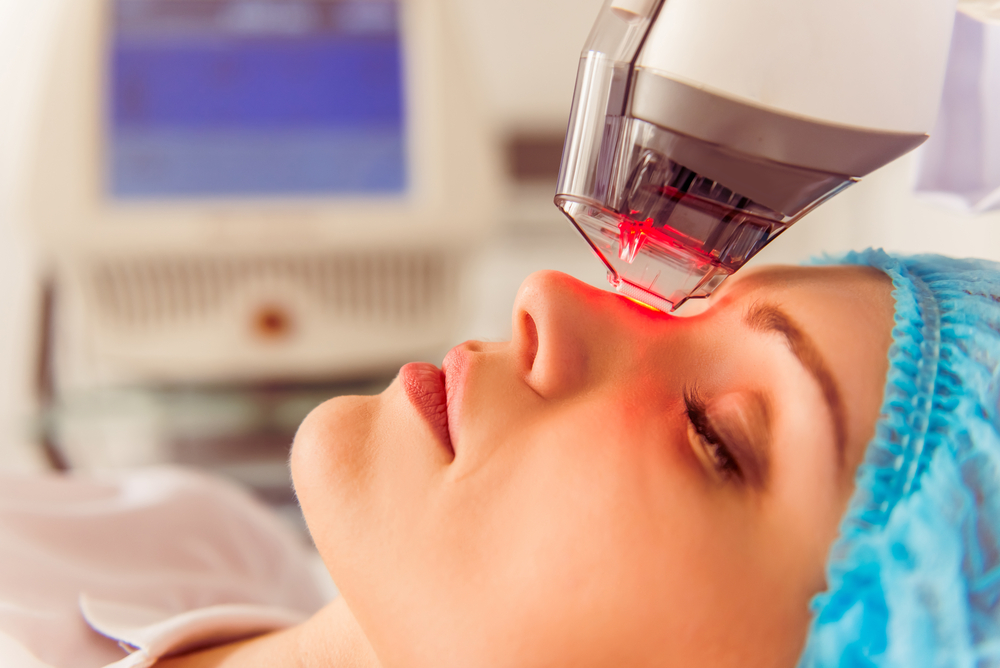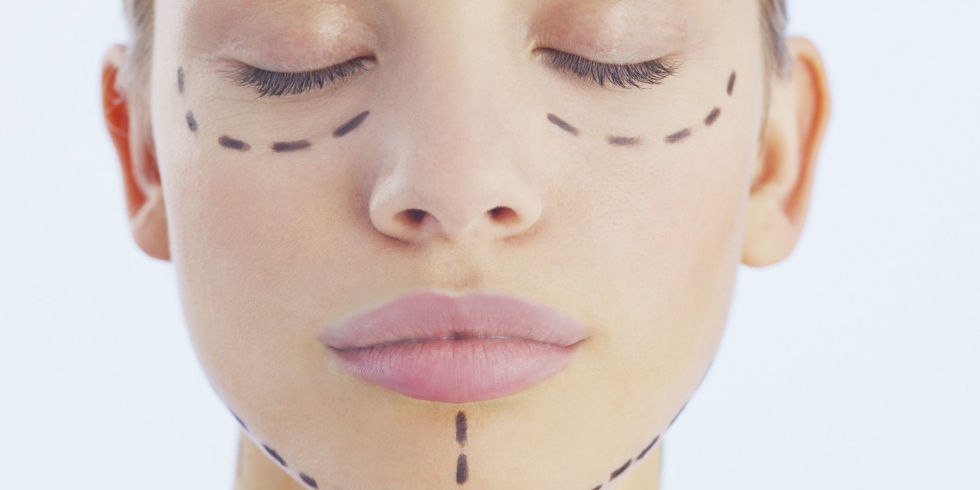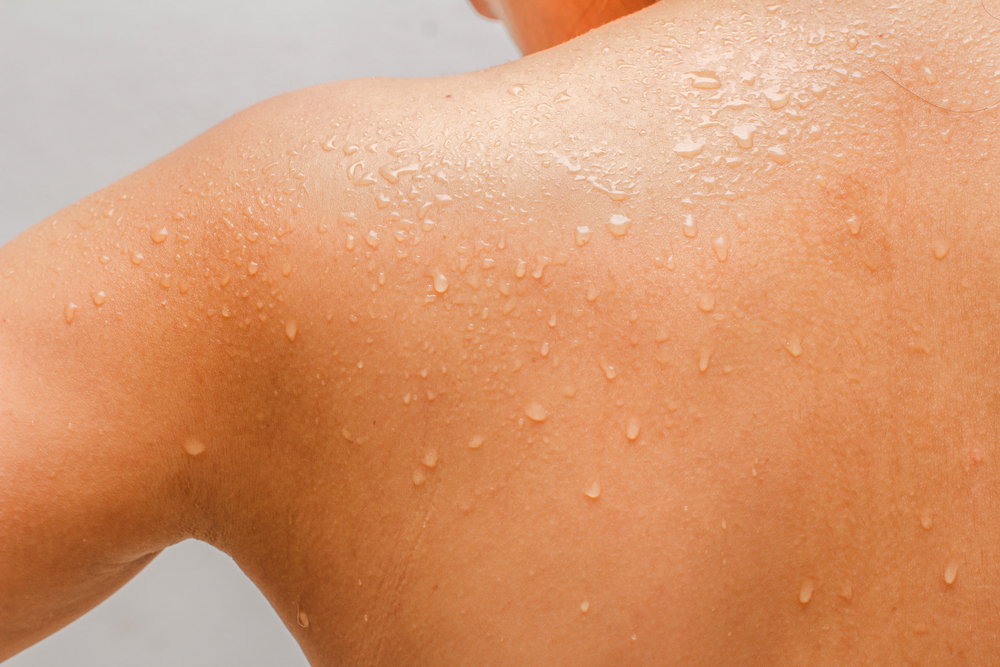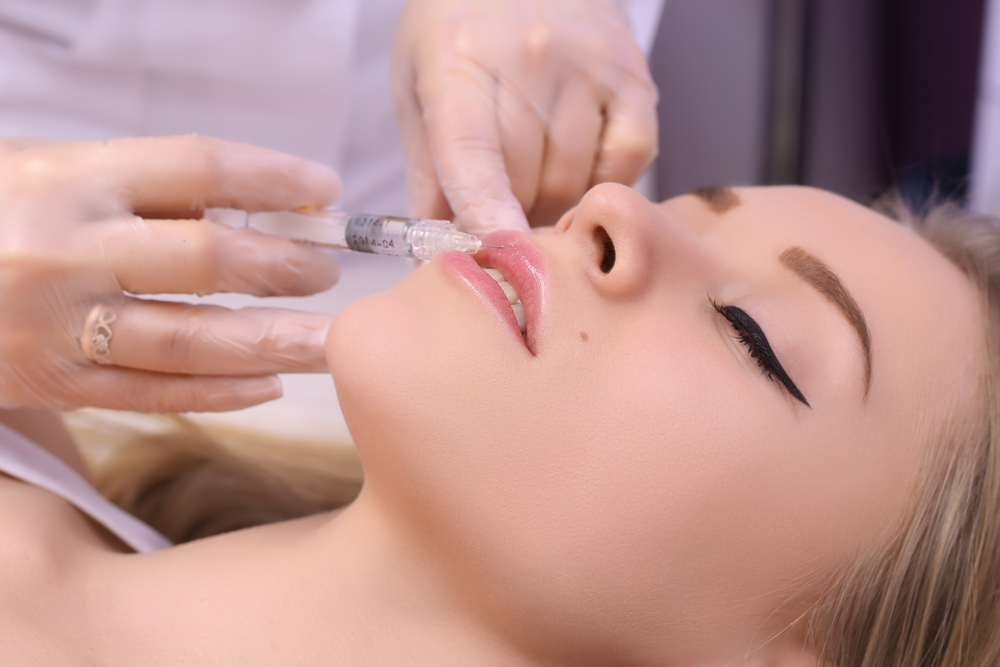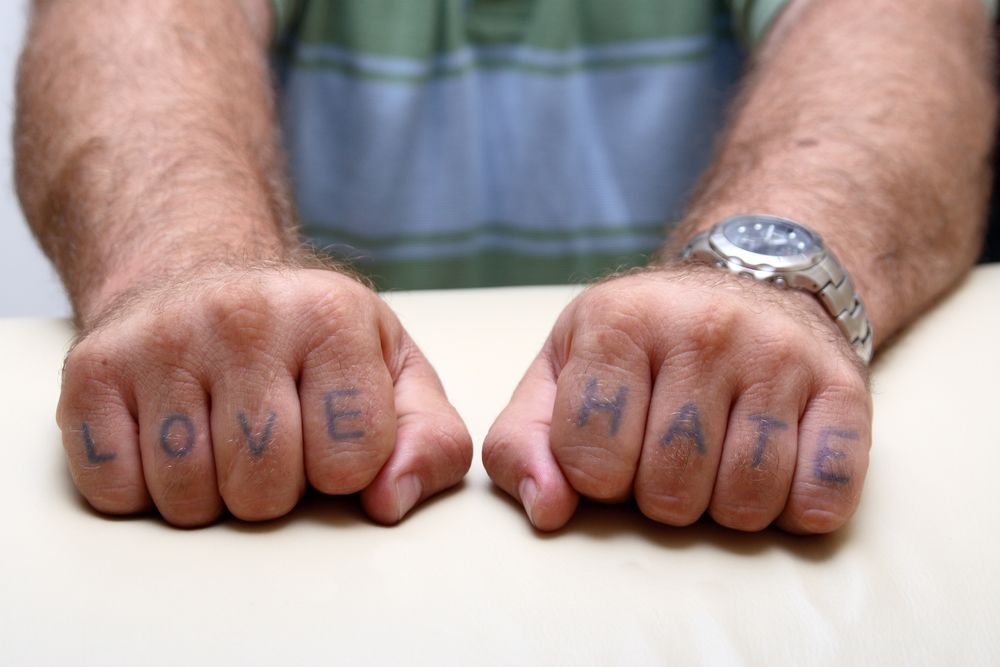- There is promising research suggesting that rosacea symptoms, including redness and thick skin, can be treated with laser therapy.
- Laser and light therapies don’t cure rosacea, but they can help clear up symptoms by targeting blood vessels.
- The procedure generally requires between three and five treatment sessions, and patients usually report that it’s comfortable and pain-free.
- Even though it’s considered a viable treatment option, you may find it difficult to get your insurance provider to cover the procedure.
For sufferers of rosacea who’ve tried every possible medicine out there with no luck, there just might be some hope on the horizon. According to the American Academy of Dermatology (ADA), there are measurable benefits of using laser treatments for rosacea. As the ADA points out, rosacea causes thickened skin and visible blood vessels (telangiectasia), two notoriously hard-to-treat symptoms. But apparently they can now be curbed through laser therapy.
Last year we reported how laser therapy is something of a miracle cure for psoriasis sufferers, but is the same true for rosacea?
These FAQs will give you the rundown.
Do laser treatments help rosacea?
Before we discuss any treatment options for rosacea, we have to understand a little bit about the condition. In addition to the notorious red face it brings, rosacea also triggers pimples, swelling and dilated or broken blood vessels. But the trouble with finding therapies that actually work is that scientists still don’t know exactly what causes rosacea. Some believe it’s from long-term sun exposure or bacteria, while others contend that it’s entirely genetic. Either way, at present dermatologists can only treat its symptoms.
New research shows that chronic rosacea sufferers can definitely find a certain degree of relief with laser and light therapies that target specific symptoms. For example, your dermatologist might recommend laser resurfacing to combat thick skin and a pulsed dye laser treatment to combat facial redness. Additionally, rosacea triggers an enlarged nose (rhinophyma) which can also be successfully treated with lights and lasers. In some cases these therapies yield better results than topical therapy alone.
According to the National Rosacea Society, lasers are especially effective at treating some of the more difficult rosacea side effects. The ADA argues that more research is needed, but cites a study showing that 50 to 75 percent of patients saw a visible reduction in blood vessels after one to three treatment sessions. However, the evidence suggests different types of rosacea should be treated differently; erythematotelangiectatic rosacea (flushing and facial redness) needs to be approached differently than cases of rhinophyma, for example.
Which types of lasers are used when treating rosacea?
If you know much about lasers, you already understand there are several different types (read: wavelengths) that treat countless different skin types and conditions.
Pulsed dye lasers such as VBeam® are often used to treat rosacea alongside spider veins, enlarged pores and saggy skin. These lasers are often referred to as vascular lasers when they relate to rosacea, and work by dilating and destroying blood vessels that cause redness.
Intense pulsed light (IPL) treatments, which use a broader spectrum of light than lasers to treat a broader spectrum of tissue, are also regularly used. When treating rhinophyma, doctors often employ a CO2 or Erbium laser, which cuts away at enlarged tissue to shrink the nose.
How many treatments are required?
For best results you can expect to undergo at least three 30-minute laser sessions. Doctors typically recommend spacing out the treatments and usually perform them in six-week intervals. Therefore, it can take several months in total to see the full results of the procedure.
The treatments must be spaced out because it takes approximately 10 days for the skin to fully heal after each treatment, and up to 3 weeks for the visible blood vessels to disappear. However, as with any skin condition, your results will vary based on a number of factors. If you have broken capillaries, excess tissue or other chronic skin problems, more sessions may be required.
Can I use a home laser to treat rosacea?
You’ve probably seen a wide range of home lasers on the market, with makers touting them as miracle cure-alls for wrinkles, blemishes, and yes, rosacea. But do they work? Indeed, they do have some benefits, For example, they’re generally much cheaper and less time-consuming than professional treatments.
But, of course, there’s a downside. Some over-the-counter lasers work and others don’t. Some even incorporate the same lights used in professional pulsed dye laser treatments, granted they’re usually much less powerful. But experts agree that seeing a professional is a much better route, as home devices are too varied and come with a serious risk for misuse.
Are there side effects of rosacea laser treatments?
Immediately after treatment, patients might experience symptoms and side effects not totally unlike typical rosacea flare-ups, including itching, redness, swelling and soreness. But these symptoms usually subside in a few days. As previously mentioned, dermatologists prefer to space out laser treatments to prevent any potential skin damage and give the skin a chance to rest. Bruising beneath the surface can last between five and 10 days, although the treatment is easy and practically pain-free.
Even though you may experience some cosmetic inconveniences, you’ll be able to resume your normal activities immediately following your treatment session. While it happens rarely, certain light and laser therapies can eliminate hair in the treated area — which could be undesirable if you have facial hair or flush along the hairline — and some patients have experienced long-term scarring. By and large, however, laser skincare treatments are considered safe and most are approved by the FDA.
How long does a laser treatment last?
There’s a downside to everything, they say. The same is true for laser treatments and rosacea. But it’s not all bad. With a full round of laser treatment (usually about three sessions), you can expect to see good results for 3 to 5 years. However, lasers are only able to get rid of the existing blood vessels, so there’s a possibility new bouts of redness will occur.
Can it replace medication?
Whether you’ll still need to take your regular rosacea medication varies based on your specific skin and results. Some dermatologists keep their patients on tetracycline (or other antibiotics), isotretinoin, doxycycline (Oracea) or other prescriptions in order to mitigate symptoms that lasers can’t treat. For example, your dermatologist may prescribe medication to prevent the skin from thickening after treatment with lasers. Some dermatologists believe that topical medications and laser therapies treated simultaneously yield better results.
Will insurance cover it?
Of course, you’re probably wondering how much it costs and if your insurance will cover it. The cost factor is the top inhibitor for people who want to try new treatment methods, whether they be lasers or medication. In the United States, the cost of treatment restricts nearly half of all rosacea sufferers from obtaining medical care — so price might be an important thing to consider before consulting with your dermatologist. Studies show that 56 percent of sufferers pay for rosacea treatments out-of-pocket.
Unfortunately, your insurance company is less likely to cover laser treatments than traditional oral and topical medications. That’s because, according to the Rosacea Society, insurance companies generally consider the procedure to be strictly cosmetic. However, it can’t hurt to talk to your insurance provider to see which kinds of rosacea treatments are covered by your plan. If you have certain medical conditions or severe rosacea, you may be able to persuade them to cover it.
How much does it cost?
As with any professional skin treatment, there’s no hard and fast answer to how much laser treatments cost. It all comes down to the severity of your condition, where you live and your expected results. In general, mild cases cost up to $300 and more severe cases can be upwards of $600 for a complete treatment. It is important to note that if you choose to have laser treatments for rhinophyma, it’s treated as a one-time procedure and can cost as much as $3,000, according to the Rosacea Society.





